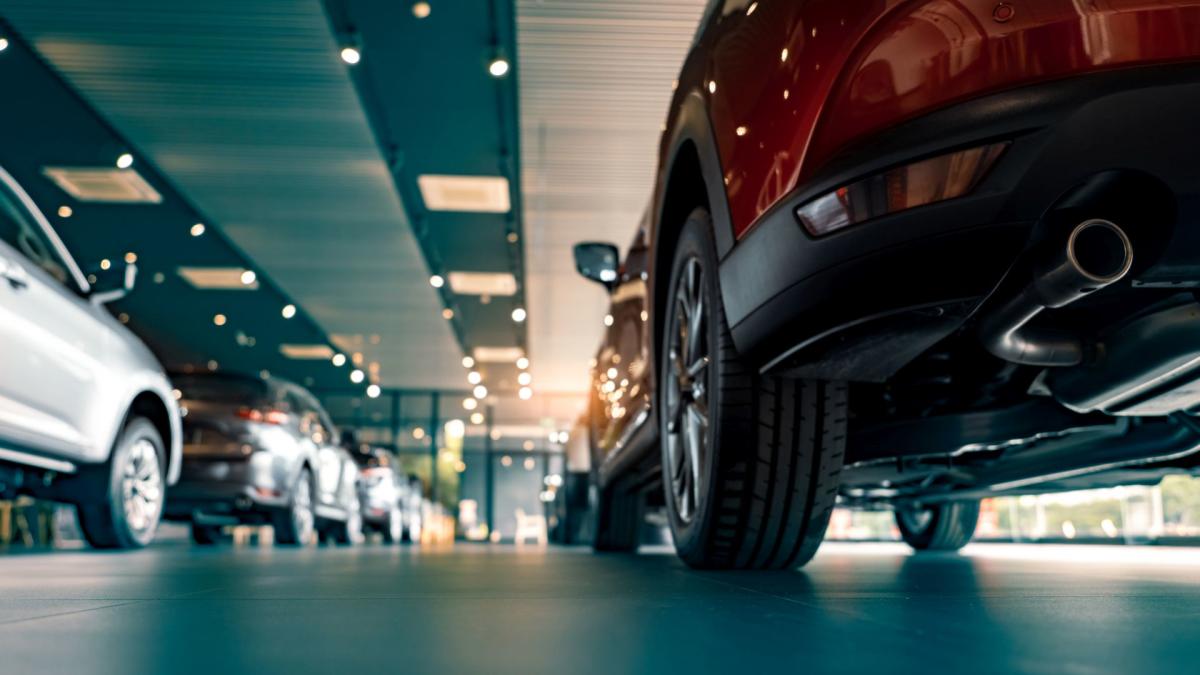- Sales of electric vehicles are growing at a rate of 55% per year.
- California and the EU have banned the sale of new combustion vehicles after 2035.
- However, analysts predict that by 2050, there will still be up to 1 billion combustion vehicles on the roads.
- This will worsen extreme weather conditions and contribute over $1 trillion in revenue to the oil industry.
- Major automakers will have more time and resources to transition to electric vehicles.
The majority of Americans are not convinced to buy electric vehicles despite federal incentives, with only 29% saying the incentives impact their decision, according to an exclusive survey by DailyMail.com. Concerns about cost, limited charging stations, and running out of charge are among the main reasons cited for not considering an EV purchase. Higher-income Americans are more likely to consider owning an electric vehicle, but the cost remains a barrier across all income brackets.
The used car market is experiencing disruptions and a shortage of supply, leading to higher prices and a decrease in availability, with long-term issues expected to persist for at least the next two years.
American car buyers are facing increasing challenges in purchasing new vehicles due to inflation and rising interest rates, with the average monthly new car payment reaching around $750, creating potential financial strain for many buyers, especially those in subprime categories, and the resumption of student loan payments may further exacerbate the situation, impacting carmakers and potentially leading to price adjustments in the market.
The vehicle market is stabilizing, leading to more choices and lower prices for buyers, as dealer inventories increase and new car price inflation disappears.
The auto market has seen a significant decline in average new vehicle prices, with a drop of $3,243 from January to July, marking the first notable decline in car prices in years.
Huge price reductions and increased availability are driving growth in the electric vehicle market, which saw record sales in 2023, as major manufacturers like Tesla, Ford, and General Motors lower their prices and pass on cost savings from raw materials to consumers.
Tesla's latest price cuts have left existing customers feeling frustrated and resentful, as they now see their vehicles lose value, while potential buyers hesitate to make a purchase fearing further reductions.
Used car sales and prices have surged during the pandemic due to supply chain disruptions, leading to a shortage of new and used cars, causing prices to remain elevated and creating a favorable market for the automotive industry.
Kia America reported a nine percent increase in vehicle sales in the US in August, with 2,449 EV6s sold, representing a 33 percent year-over-year increase and about 3.4 percent of the total volume, indicating strong sales for their battery-electric vehicles and positioning the company as a leader in innovative mobility.
The average price of cars in America has risen recently, causing financial strain for Gen Z and millennials, especially due to rising interest rates and high levels of auto loan delinquency.
The rising costs of doing business in the auto insurance industry in the U.S. are leading to increasing premiums for drivers due to expensive repairs, rising disaster-related claims, and higher used car prices.
The rapid adoption of electric cars in the US is being hindered by the lack of available charging stations, which vary widely from state to state, potentially slowing down the projected growth of EV sales in the country.
Northern Ireland's new car market shows signs of recovery in August with a 10.5% increase in sales compared to the previous year, while a small survey indicates a slight improvement in consumer confidence despite lingering concerns about high inflation and economic pressures.
The European Commission is investigating whether to impose tariffs on Chinese electric vehicles in an effort to protect its producers from imports that benefit from state subsidies. Chinese EVs have become cheaper due to Beijing's industry promotion policy, and their exports to Europe have grown significantly, making Europe an important market for Chinese auto brands.
Once electric vehicle adoption reaches 5-10 percent of new car sales, researchers predict that a significant surge in sales will occur, potentially reaching up to 80 percent of new sales, as early adopters are replaced by mainstream consumers looking for a good deal; however, a hesitant American public and inadequate charging infrastructure may hinder the country's progress in this transition.
Americans' hesitations to buy electric vehicles (EVs) are largely due to concerns around charging, with surveys showing that a lack of charging stations is a significant barrier to purchase, but efforts are being made to expand and improve the U.S. charging landscape through major incentives, partnerships, and the development of a single charging standard like Tesla's NACS plug design.
